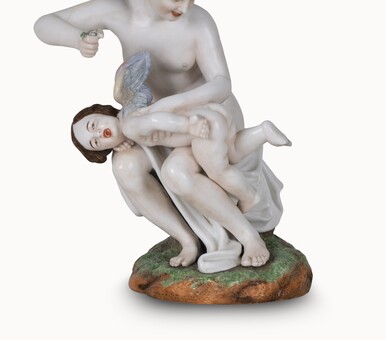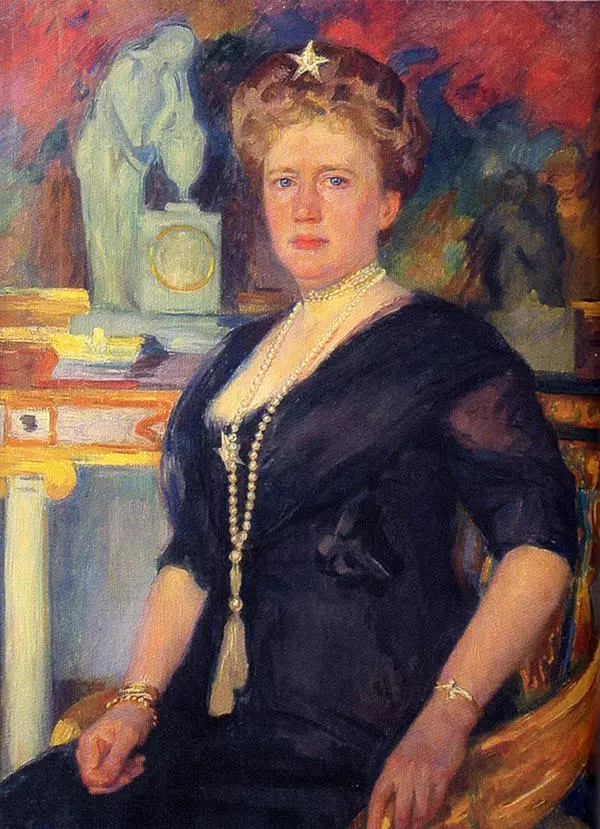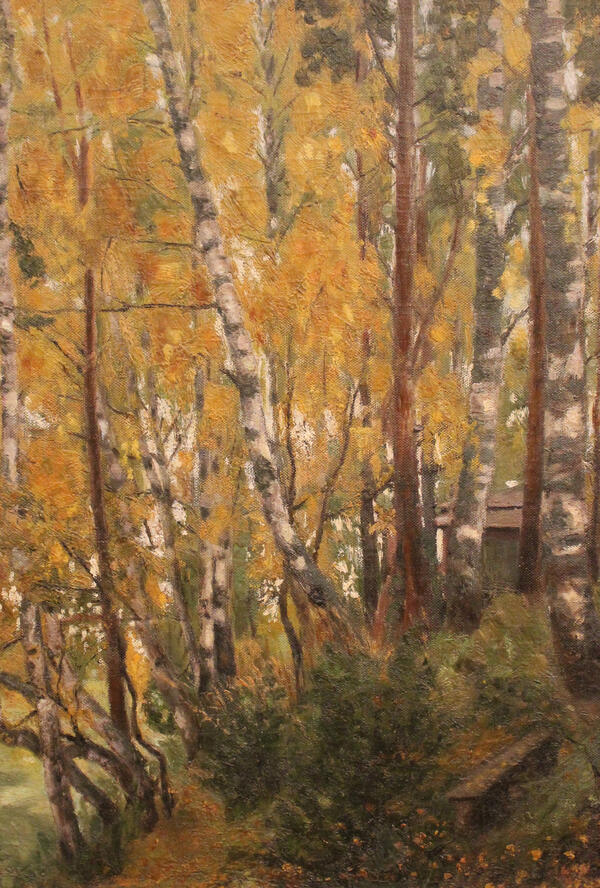Russian culture has given the world a whole galaxy of brilliant painters whose works have entered the world treasury of fine art. One of them is Osip Emmanuilovich Braz, a major artist of the late 19th — early 20th century. Before entering the St. Petersburg Academy of Arts to study in the workshop of Ilya Yefimovich Repin, Osip Braz took lessons at the private school of the Hungarian artist Simon Hollósy in Munich, and later in Holland studied the work of old masters and got acquainted with modern European art.
The art historian Alexandre Benois noted the mature taste and “Europeanism” in the young artist. At the Academy, Osip Braz became close with young painters who soon joined the association “World of Art” (“Mir iskusstva”). Under its influence, the artist turned to graphics, engaged in lithography and etching, painted portraits and landscapes.
He enjoyed teaching and had his own workshop. Among his famous students was Zinaida Serebriakova.
In addition to teaching, Osip Braz engaged in collecting. He owned collections of 17th-century Dutch paintings and bronze Renaissance works. He was a member of the Hermitage commission for restoration of paintings and headed the department of Dutch painting.
In 1924, the artist was arrested on a number of false charges. He received three years of imprisonment in the Solovki special camp. The academician Dmitry Likhachev recalled how every day the elderly honored professor was sent to make sketches of the camp, draw scenes from the life of prisoners and views of historical churches and monasteries. After his release, Braz decided to leave Russia. In 1928, he went to his family in Germany, and then emigrated to France. The Russian artist Osip Braz spent the last years of his life there.
The small landscape presented in the exhibition embodies the aesthetics of the association “World of Art” with elements of Art Nouveau. The state of the fading spring evening is conveyed with brilliant elegance. Thoughtful tone gradations demonstrate how sensitively and carefully the artist strives to impart the subtle beauty of such a simple and unpretentious landscape. The love for such a “gray” Russian landscape was characteristic even of those artists who had differing views on painting. Braz specifically focuses on the internal state of nature. The image of nature coming to life is a kind of landscape elegy, created in a free and elegant manner of painting.
The art historian Alexandre Benois noted the mature taste and “Europeanism” in the young artist. At the Academy, Osip Braz became close with young painters who soon joined the association “World of Art” (“Mir iskusstva”). Under its influence, the artist turned to graphics, engaged in lithography and etching, painted portraits and landscapes.
He enjoyed teaching and had his own workshop. Among his famous students was Zinaida Serebriakova.
In addition to teaching, Osip Braz engaged in collecting. He owned collections of 17th-century Dutch paintings and bronze Renaissance works. He was a member of the Hermitage commission for restoration of paintings and headed the department of Dutch painting.
In 1924, the artist was arrested on a number of false charges. He received three years of imprisonment in the Solovki special camp. The academician Dmitry Likhachev recalled how every day the elderly honored professor was sent to make sketches of the camp, draw scenes from the life of prisoners and views of historical churches and monasteries. After his release, Braz decided to leave Russia. In 1928, he went to his family in Germany, and then emigrated to France. The Russian artist Osip Braz spent the last years of his life there.
The small landscape presented in the exhibition embodies the aesthetics of the association “World of Art” with elements of Art Nouveau. The state of the fading spring evening is conveyed with brilliant elegance. Thoughtful tone gradations demonstrate how sensitively and carefully the artist strives to impart the subtle beauty of such a simple and unpretentious landscape. The love for such a “gray” Russian landscape was characteristic even of those artists who had differing views on painting. Braz specifically focuses on the internal state of nature. The image of nature coming to life is a kind of landscape elegy, created in a free and elegant manner of painting.







